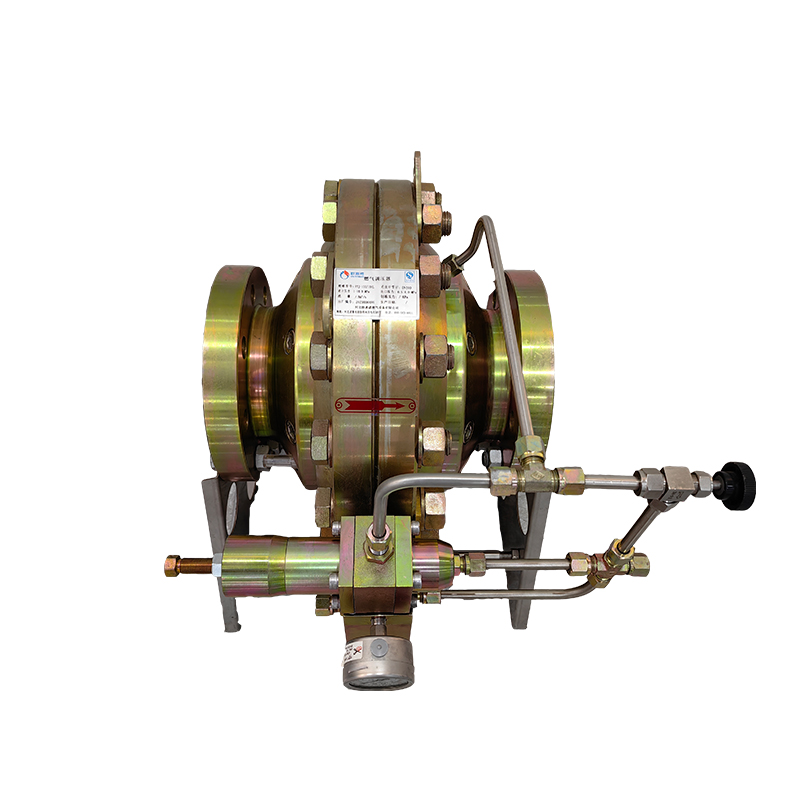
Oct . 18, 2024 16:23
Back to list
gas coalescer filter
Understanding Gas Coalescer Filters Principles and Applications
Gas coalescer filters play a crucial role in various industrial applications, especially in the oil and gas sector, where the purity of gas and its free of liquid contaminants can significantly impact operational efficiency and equipment longevity. The primary function of a gas coalescer filter is to remove liquid water and hydrocarbon aerosols from gas streams, thereby preventing detrimental effects caused by the presence of liquids in pipelines, compressors, and other equipment.
Principles of Operation
The operational principle of gas coalescer filters is based on the coalescence process
. In this process, fine droplets of liquids are merged or coalesced into larger droplets which can then be easily separated from the gas. The filter typically consists of a series of layers made of fibrous materials designed to capture water or hydrocarbon droplets as the gas flows through.As gas enters the coalescer, it passes through these filter layers where the fibrous media intercepts smaller droplets due to inertia, diffusion, or interception mechanisms. Once trapped, these droplets begin to collide with one another, merging into larger droplets. Eventually, these larger droplets gather and move towards the bottom of the filter by gravity or through a dedicated drainage system, thus effectively separating the liquid from the gas.
Design Features
A well-designed gas coalescer filter incorporates several key features to enhance its efficiency and lifespan. The most critical aspect is the choice of filtering media. High-quality cellulose or synthetic fibers are often used to ensure optimal droplet capture and coalescence. Additionally, the filter's structure must facilitate adequate gas flow while providing sufficient retention time for coalescing droplets.
gas coalescer filter

Another important design consideration is the filtration rating, which denotes the filter's ability to capture specific droplet sizes. For most applications, coalescer filters are rated to remove droplets as small as 3 microns or less, allowing for effective removal of fine liquid contaminants.
Applications
Gas coalescer filters find applications across various industries beyond oil and gas, including chemical processing, pharmaceuticals, and food and beverage manufacturing. In the oil and gas industry, these filters are crucial for protecting downstream equipment such as gas compressors and pipelines from corrosion and damage caused by liquid contaminants.
In chemical processing, coalescer filters help maintain product quality by ensuring that the process gases are free from unwanted moisture and other impurities. In food and beverage applications, keeping gases free of contaminants is essential to meet health standards and ensure product quality.
Conclusion
In summary, gas coalescer filters are vital for maintaining the integrity and efficiency of various industrial processes. By effectively removing liquid contaminants from gas streams, they play an essential role in protecting equipment, ensuring product quality, and enhancing operational reliability. Understanding the principles of their operation, design features, and applications will enable industries to select the appropriate coalescer filters to meet their specific needs, ultimately leading to improved performance and reduced downtime. As technology advances, the efficiency of these filters is expected to improve further, making them an even more integral part of industrial processes.
Latest news
-
Safety Valve Spring-Loaded Design Overpressure ProtectionNewsJul.25,2025
-
Precision Voltage Regulator AC5 Accuracy Grade PerformanceNewsJul.25,2025
-
Natural Gas Pressure Regulating Skid Industrial Pipeline ApplicationsNewsJul.25,2025
-
Natural Gas Filter Stainless Steel Mesh Element DesignNewsJul.25,2025
-
Gas Pressure Regulator Valve Direct-Acting Spring-Loaded DesignNewsJul.25,2025
-
Decompression Equipment Multi-Stage Heat Exchange System DesignNewsJul.25,2025

